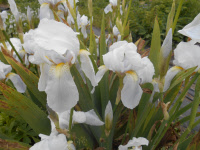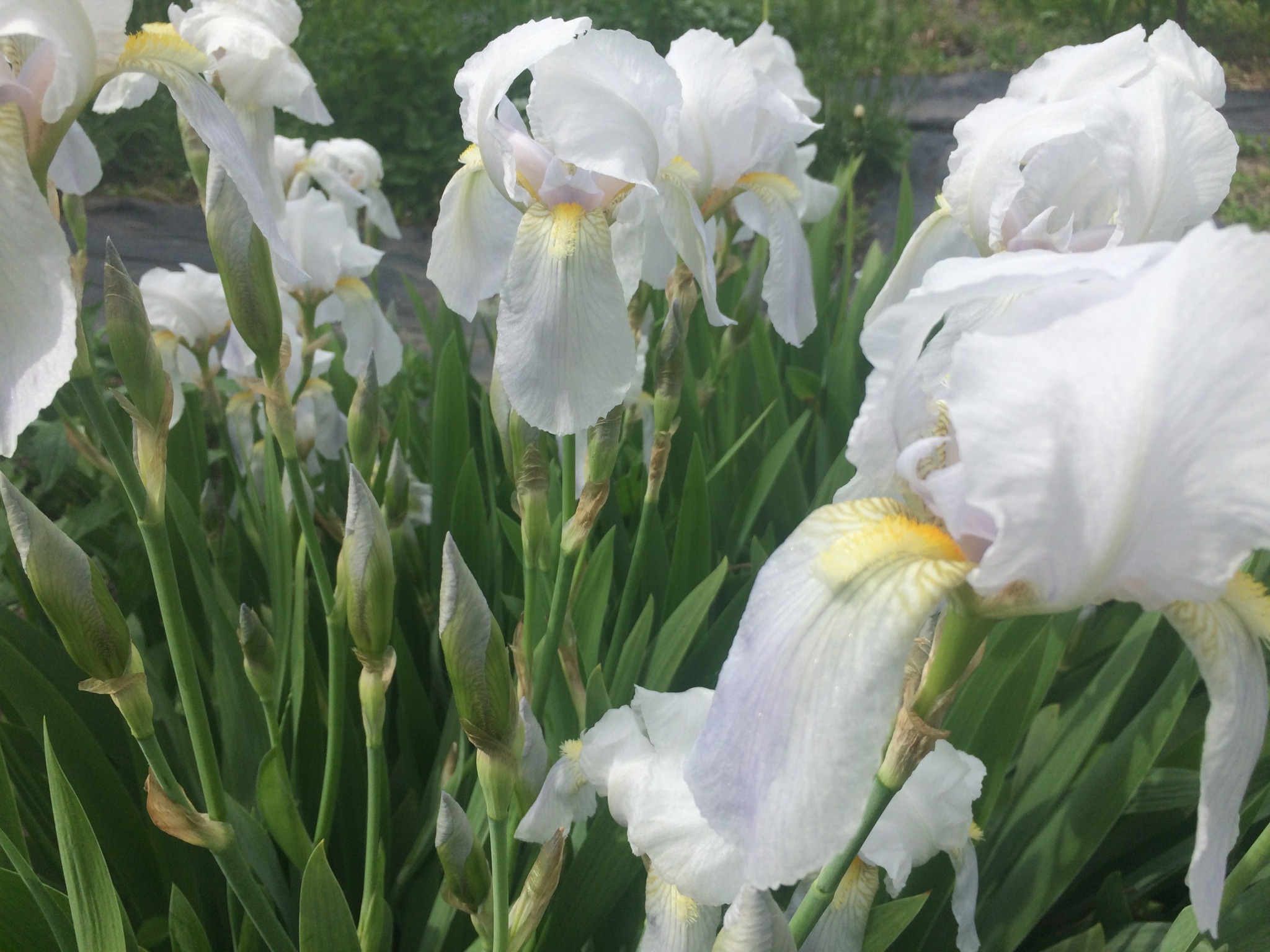Description
Sweetly fragrant, tall, icy blue-white iris with pale yellow signal on the fall, flowering in June
Sweetly fragrant, tall, icy blue-white iris with pale yellow signal on the fall, flowering in June
Sweetly fragrant, tall, icy blue-white iris with pale yellow signal on the fall, flowering in June
SHRUB Boxwood
Size: 24” x 30”
Care: Light to Part shade in well drained, alkaline soil. Do not crowd with other plants, roots prefer no competition. Fertilize regularly for dramatic growth. Prune in early spring. Unlike English boxwood this can be pruned back hard. One of a few shade tolerant evergreens and deer resistant too. Also the most hardy Boxwood.
Introduced from Asia to American and European gardens around 1900 by Ernest Henry “Chinese” Wilson (1876-1930) who scoured Asia for plants.
Soft, majestic purple-magenta thistles on prickly silver foliage and stems.
Can not ship to: Arizona, Arkansas, Colorado, Connecticut, Idaho, Missouri, Nebraska, Nevada, New Mexico, North Dakota, Oklahoma, Oregon, South Dakota, Texas, Utah, Washington and Wyoming.
Size: 4-6’ x 2”
Care: full sun in moist, well-drained soil
Native: Europe and western Asia
Wildlife Value: Bees, butterflies and birds
Identified by Dioscorides in De Materia Medica for medicinal use around 70 A.D. Chosen as the symbol of Scotland by King James V. According to legend the Scotch thistle helped Scotland fend off a night-time Viking invasion by preventing a sneak attack. It caused the Vikings to scream in pain waking the Scots. Introduced to American gardens in late 1800’s.
Violet racemes all summer through fall
Size: 36” x 12”
Care: Sun, well-drained soil
Native: Southern Europe
Both the Latin and common names are related to flax. Linaria comes from “linum” which is Greek for “flax” and toadflax includes the word “flax.” The leaves of Linaria purpurea resemble flax leaves. According to 17th century English herbalist, John Parkinson, the plant “causes one to make water.” Grown by English plantsman and explorer, Tradescant the Elder, 1634.
June – September (WOW!) short blue-purple, more blue than purple, spikes of compact flowers bloom on short, slowly creeping mat of sword-shaped foliage that suppresses weeds.
Size: 6-8” x 12”
Care: sun to part shade in well-drained soil
Native: Siberia, Mongolia & Kazakhstan
Wildlife Value: attracts pollinators. Drought tolerant; deer and rabbit resistant
According to Christian tradition, as Jesus carried the cross to Calvary, a woman wiped his face with her handkerchief, leaving the imprint of the features of his face, the vera iconica, meaning “true likeness.” When the Catholic Church canonized the woman, the Church gave her the name Saint Veronica. Medieval gardeners named a different Veronica after her due to the perceived likeness of the flower to her handkerchief. Collected by 1950 Russian botanist Nikolái Pávlov (1893-1971) described and named this in Vestn. Akad. Nauk Kazakhsk. S.S.R v.4 p. 92 (Academy of Sciences of the Kazakh SSR) in 1951. Kazakh is the name of the language of people of Central Asia inhabiting mainly Kazakhstan which became independent of Russia in 1991.


